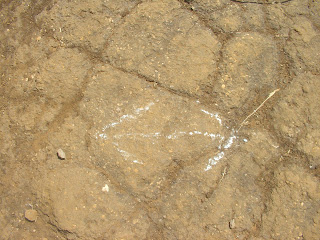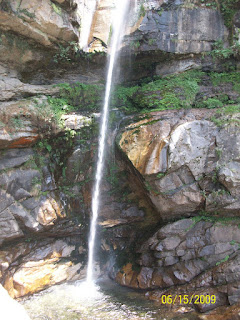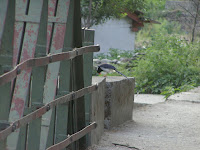I have often found that travel is an outer manifestation of an inner quest. Everytime I embark on a journey, I find a new self. The more I find, the more I want to search.
Travelling is not just taking in the sights, it's also about finding parallels in one's own life. It's about becoming aware of things absent in one's life as well. It's about seeing things in a totally different light. And it's about learning.
What do the visual sights on one's path tell one? Here's what they told me while on a recent trek.
For more photographs from this trek, click here.
Travelling is not just taking in the sights, it's also about finding parallels in one's own life. It's about becoming aware of things absent in one's life as well. It's about seeing things in a totally different light. And it's about learning.
What do the visual sights on one's path tell one? Here's what they told me while on a recent trek.
There's a long way to be traveled, mountains to be climbed,
before you can taste the best.
There will be seemingly insurmountable hurdles on your path.
They have to be negotiated and conquered.
Life at times may seem like a desolate landscape, dying and hopeless.
There will also be times for you to smell the flowers.
To appreciate beauty.
Life survives in the most seemingly inhospitable situations.
One often finds oneself at crossroads. Which direction to take?
Choosing paths. Difficult decisions.
For it's difficult to imagine what lies ahead of the curve.
It's good to pause for a moment. Take a break and forget about the world.
The joys are to be found in the simplest of the things, like a child's unadulterated smile
The best views are to be had only after a long, tiring, treacherous journey.
The heavens above will always shine a light upon you, even in your darkest hour.
Even the stones have an innate beauty. Stones have a heart too.
You just have to have an eye to see it.
And if you do see that beauty, you can create Gods out of stones.
Speaking of Gods, even they must face downfall, destruction, annihilation.
Everything, everyone must fall, burn out, die someday.
Yet, even in death, there's a beauty.
'Cos hidden in death lies a seed of new life.
This school, this learning never gets boring. And I'm waiting for the next class.






















































